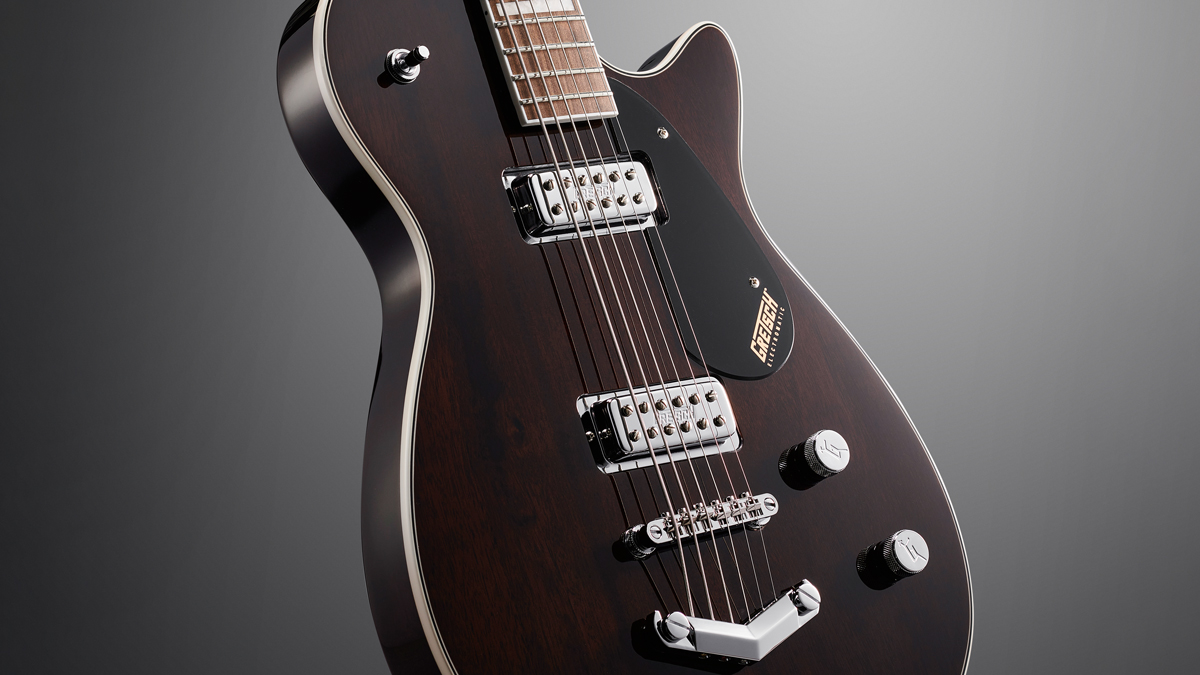Guitar World Verdict
Like its standard-scale sibling, the G5260 is nicely put together – a welcome entry point to the baritone world whose price tag might require a double take.
Pros
- +
An attractively priced, classy build.
- +
Welcoming neck profile.
- +
Credible baritone sounds that cover a lot of ground.
Cons
- -
Output jack was a wee bit loose.
- -
Some players might be tempted to go for the Bigsby-equipped version.
- -
Others might want more full-blooded humbucker for baritone work.
You can trust Guitar World
The G5260 is a baritone guitar from Gretsch’s mid-priced Electromatic range that is recognisably a Jet but one with a much deeper voice, splitting the difference between the electric and bass guitar, meeting in the middle with a 29.75” scale length.
It has a maple neck carved into a Thin U profile as per house style with today’s Electromatics, a solid mahogany body carved into that familiar singlecut shape, with vintage-style purfling complementing its Imperial Stain finish.
Big Block inlays adorn a 12” radius Indian laurel fingerboard, atop which you’ll find 22 medium jumbo frets. A V-stoptail and anchored Adjustomatic bridge offer a no-fuss hardware setup.
Gretsch has kitted the G5260 out with a pair of mini-humbuckers, with controls for volume and tone, and a three-way pickup selector switch.
There is something pleasingly rubbery about that the tubby sound of that low B string. With a little slapback echo and spring reverb, and picking near the bridge, you can coax a twang out of it that does the name on the headstock proud.
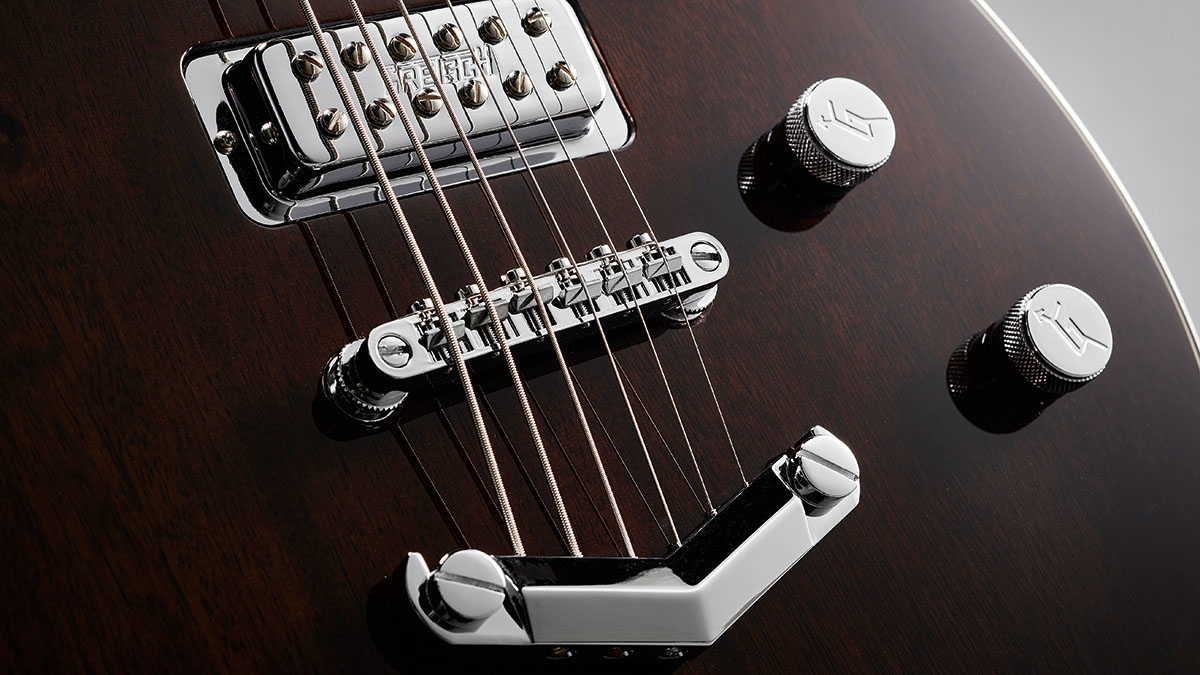
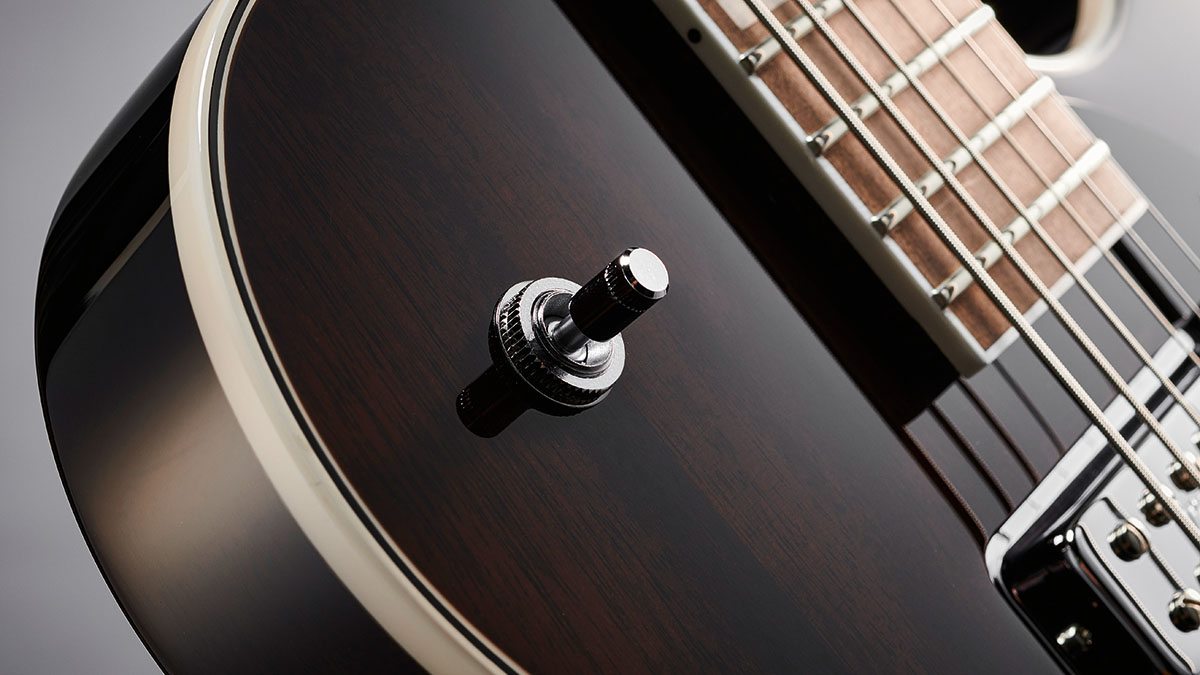
The G5260 looks stretched out, its top flat where the G5220’s is noticeably arched, and for a moment you might ask yourself if you need arms like Mr Tickle to cover the fingerboard. Perhaps the biggest trick the G5260 pulls is in shrinking once you start playing it, that it feels manageable.
In a sense, this G5260 splits the difference between the 60s vibe and the baritone’s latter-day uses. The proprietary mini-humbuckers are not going to arm-wrestle an EMG into submission but they have a growl that invites incaution with the fuzz pedal. Always a good option.
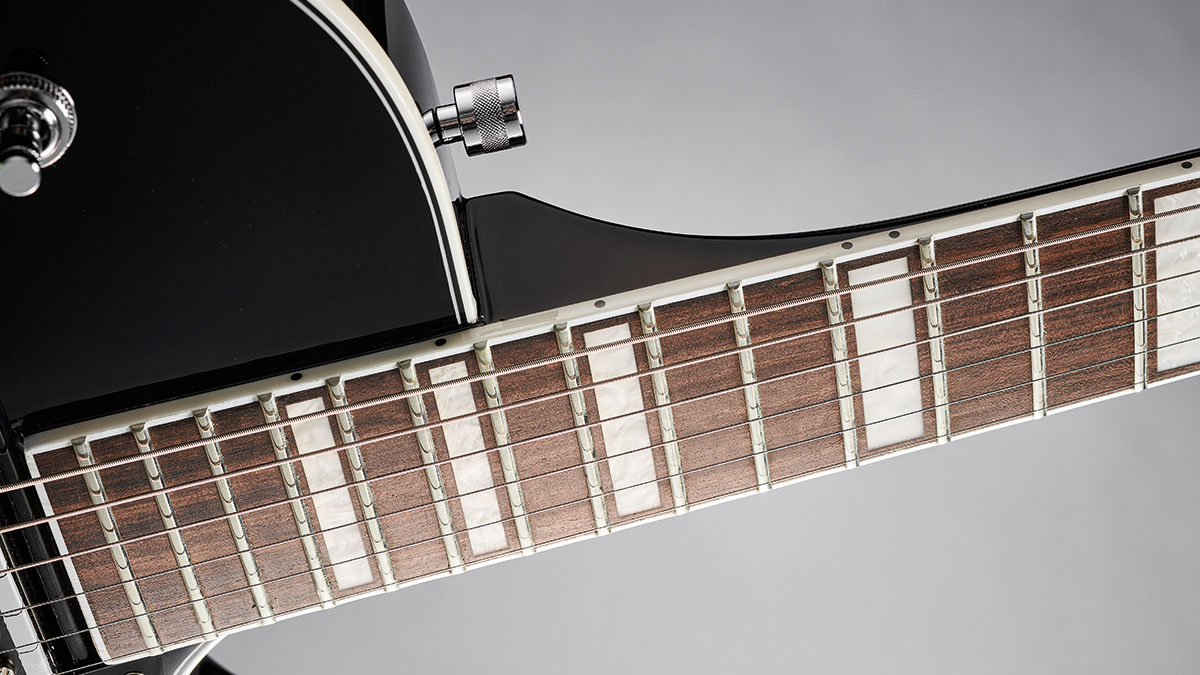
Played clean, it goes from being Morricone-adjacent on the bridge pickup to piano-esque and detailed at the neck. Baritone guitars might be most widely recognised as a specialist instrument but this challenges that.
Who is this for? How long have you got. You can play all kinds of styles on this. Modern metal and shred is a stretch; everything else is fair game. Woolly mammoth, fuzzed-out Melvins tones, grunge, punk, all translate well. Jazz chords are given a sonorous authority when performed on a baritone.
Okay, blues sounds kinda weird but assimilated into the vocabulary of rock ’n’ roll and big riffing classic rock the baritone makes sense. There is just enough power and oomph – not to mention clarity – to make it work.
Specs
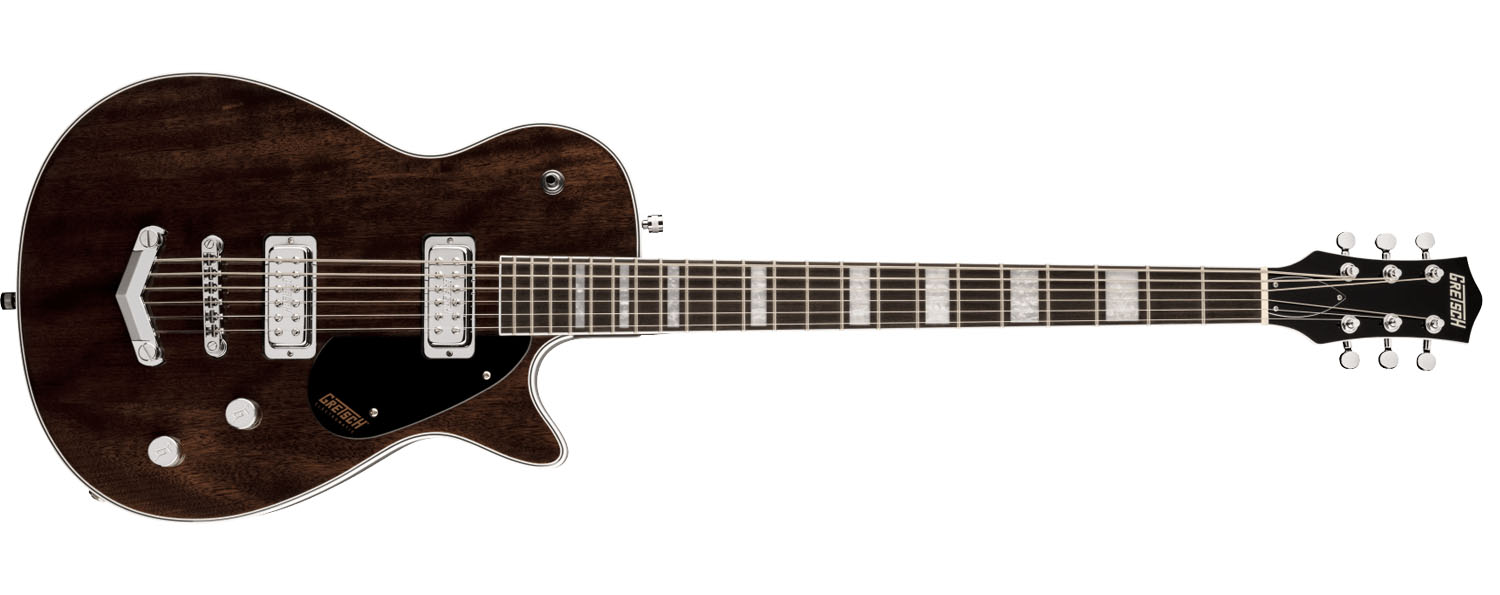
- PRICE: $649 / £609
- BODY: Mahogany
- NECK: Maple, bolt-on
- SCALE: 29.75”
- FINGERBOARD: Indian laurel with Big Block pearloid inlay
- FRETS: 22, medium jumbo
- ELECTRONICS: 2x Gretsch mini-humbuckers
- CONTROLS: Volume, tone, three-way toggle
- HARDWARE: Sealed tuners, V-Stoptail, chrome
- LEFT-HANDED: No
- FINISH: Imperial Stain [as reviewed], London Grey Metallic, Bristol Fog, Jade Grey Metallic
- CONTACT: Gretsch
Jonathan Horsley has been writing about guitars since 2005, playing them since 1990, and regularly contributes to publications including Guitar World, MusicRadar and Total Guitar. He uses Jazz III nylon picks, 10s during the week, 9s at the weekend, and shamefully still struggles with rhythm figure one of Van Halen’s Panama.
“It holds its own purely as a playable guitar. It’s really cool for the traveling musician – you can bring it on a flight and it fits beneath the seat”: Why Steve Stevens put his name to a foldable guitar
“Finely tuned instruments with effortless playability and one of the best vibratos there is”: PRS Standard 24 Satin and S2 Standard 24 Satin review
